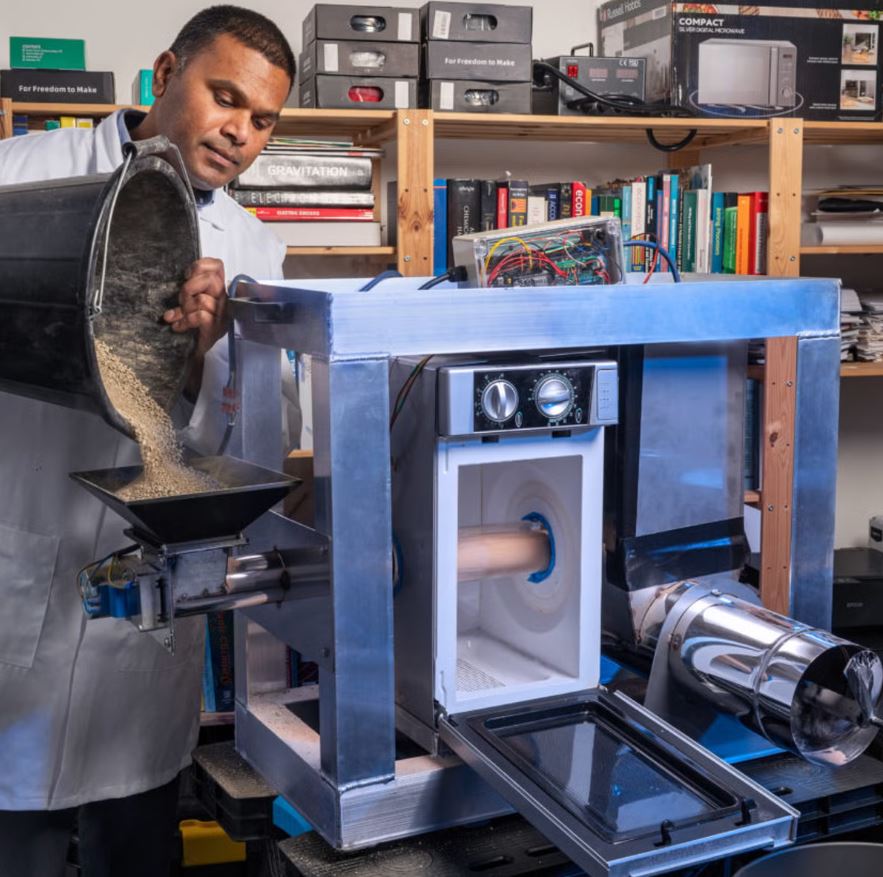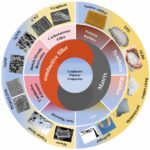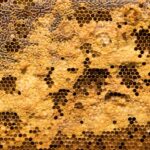 Hey there! Imagine a future where we can easily purify water from the moon’s frozen landscape. Sounds like science fiction, right? Well, thanks to some brilliant minds in the UK, this is becoming a reality. They’ve come up with an ingenious device called ‘SonoChem’ that could make lunar water safe to use, even though it’s mixed with dirt and hazardous chemicals.
Hey there! Imagine a future where we can easily purify water from the moon’s frozen landscape. Sounds like science fiction, right? Well, thanks to some brilliant minds in the UK, this is becoming a reality. They’ve come up with an ingenious device called ‘SonoChem’ that could make lunar water safe to use, even though it’s mixed with dirt and hazardous chemicals.
Let’s take a quick trip back to 2018 when ISRO’s Chandrayan-1 mission confirmed the presence of water ice beneath the moon’s surface. Fast forward to 2023, and NASA has mapped out areas rich in water. Recognizing the potential of using lunar water to support astronauts and even grow food on the moon, the UK Space Agency launched the Aqualunar challenge in early 2024. The team from Naicker Scientific took home the prize with their innovative invention, earning a cool $194,000.
Judge Meganne Christian from the Aqualunar challenge mentioned that about 5.6% of the lunar south pole’s regolith is believed to contain ice. Successfully tapping into this resource is key to setting up a sustainable lunar base.
But purifying lunar water isn’t as straightforward as it might seem. The moon’s lack of atmosphere means water there is exposed to intense radiation, changing its composition. Plus, dealing with low gravity and extreme temperatures makes traditional purification methods not just tricky but also energy-draining.
As Lolan Naicker, the technical director at Naicker Scientific, puts it, “Think about trying to extract frozen water from your backyard, but it’s -200°C, there’s almost no gravity, and you’ve got limited power. That’s the challenge we’re tackling on the moon.”
So, how does this SonoChem device work? It uses a method similar to your kitchen microwave. It starts by moving icy lunar soil into a chamber, where a drill guides it through a microwave, turning the water and contaminants into vapor. In the moon’s vacuum, this vapor quickly refreezes into ice, which is then hit with ultrasound waves. These waves create micro-bubbles that implode, breaking down contaminants into harmless molecules, leaving you with pure water.
Tests with artificial lunar soil have shown promising results. Naicker Scientific is eager to bring SonoChem to market and explore its potential for purifying Martian and even Earth-based water where traditional methods fall short. They’re also looking into converting purified lunar water into rocket fuel, which could be a game-changer for space travel.
The Aqualunar challenge has also sparked innovation in Canada, with funding going toward developing other promising designs. As these efforts continue, this technology could completely change how we access and use water beyond our planet.








